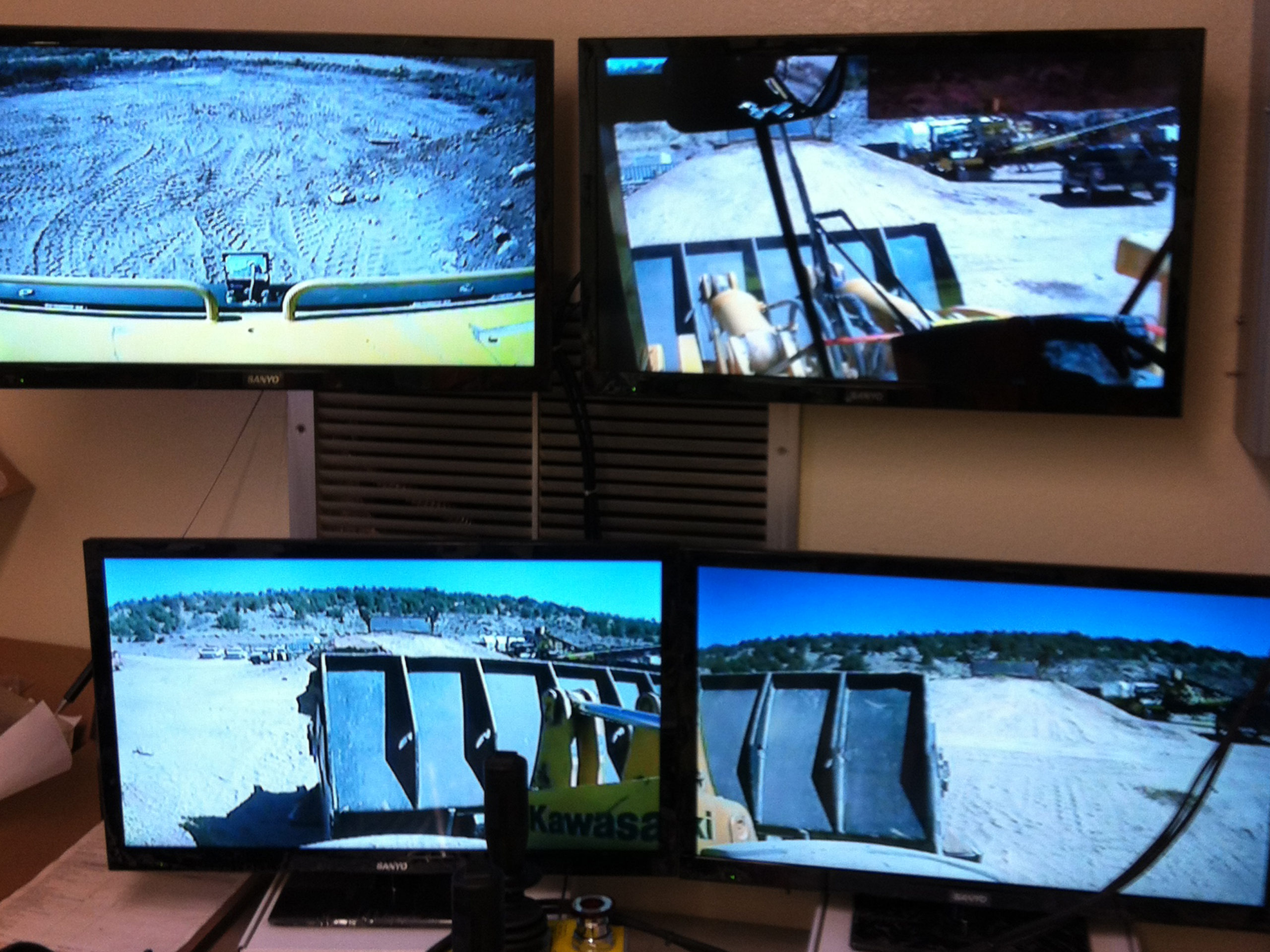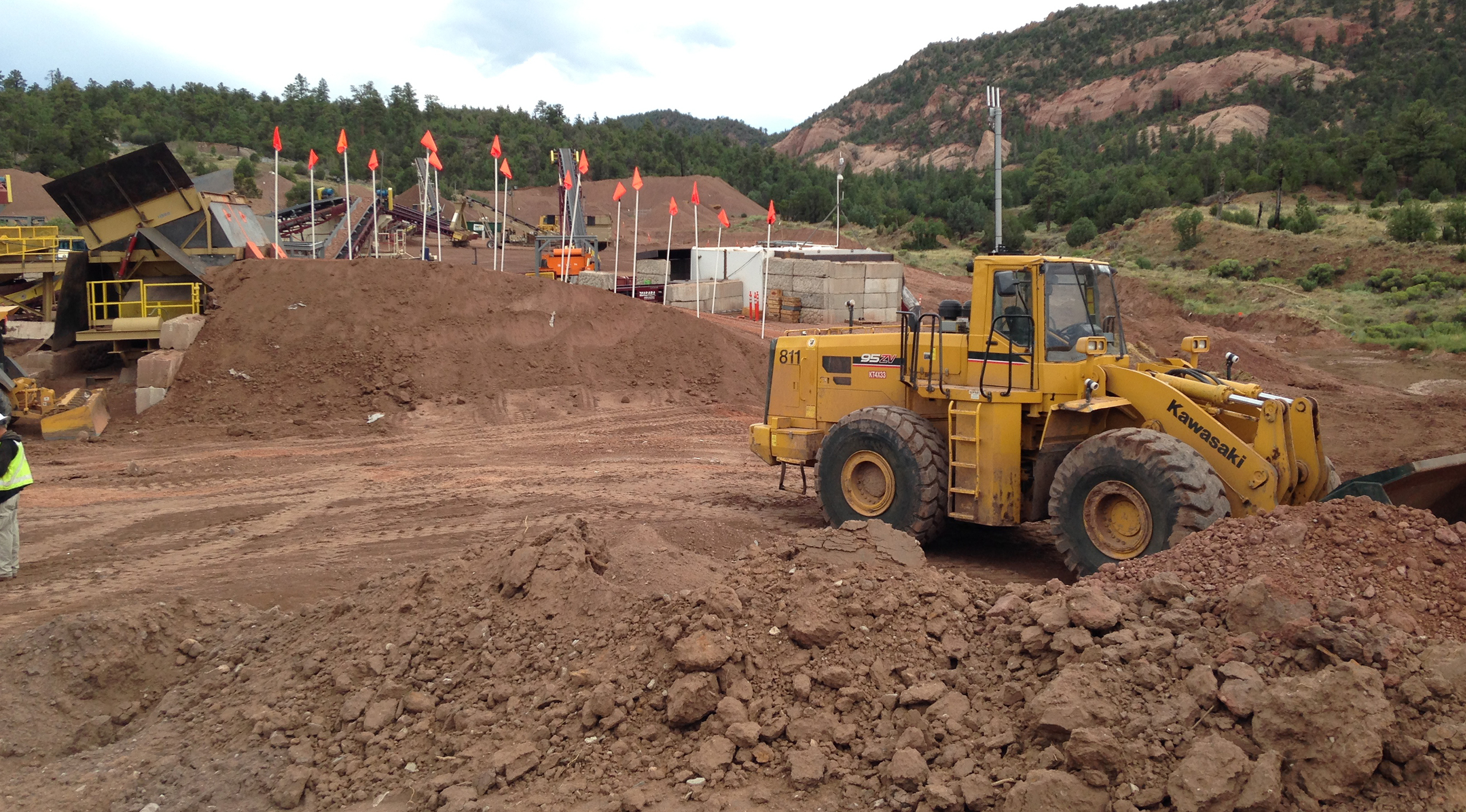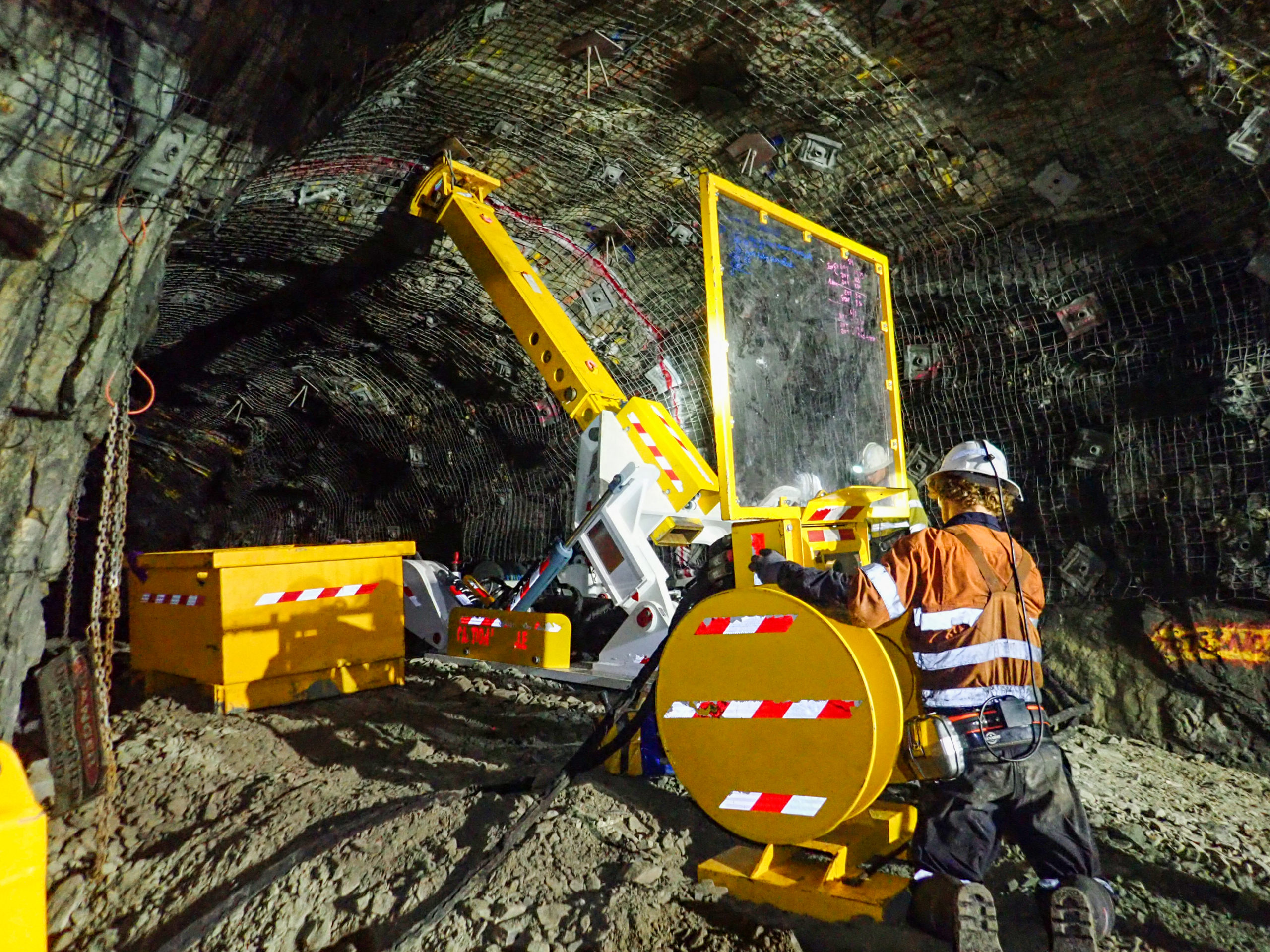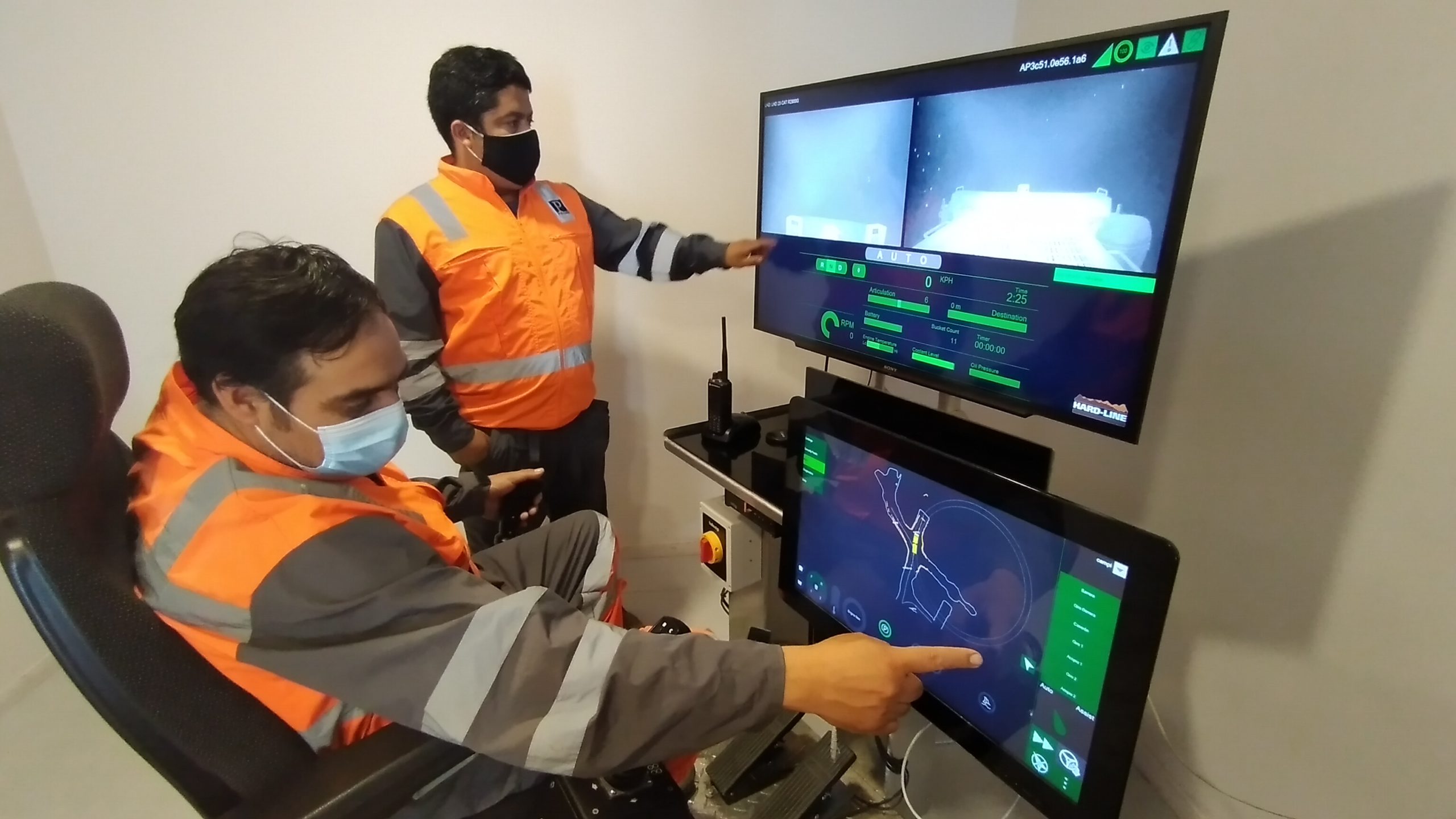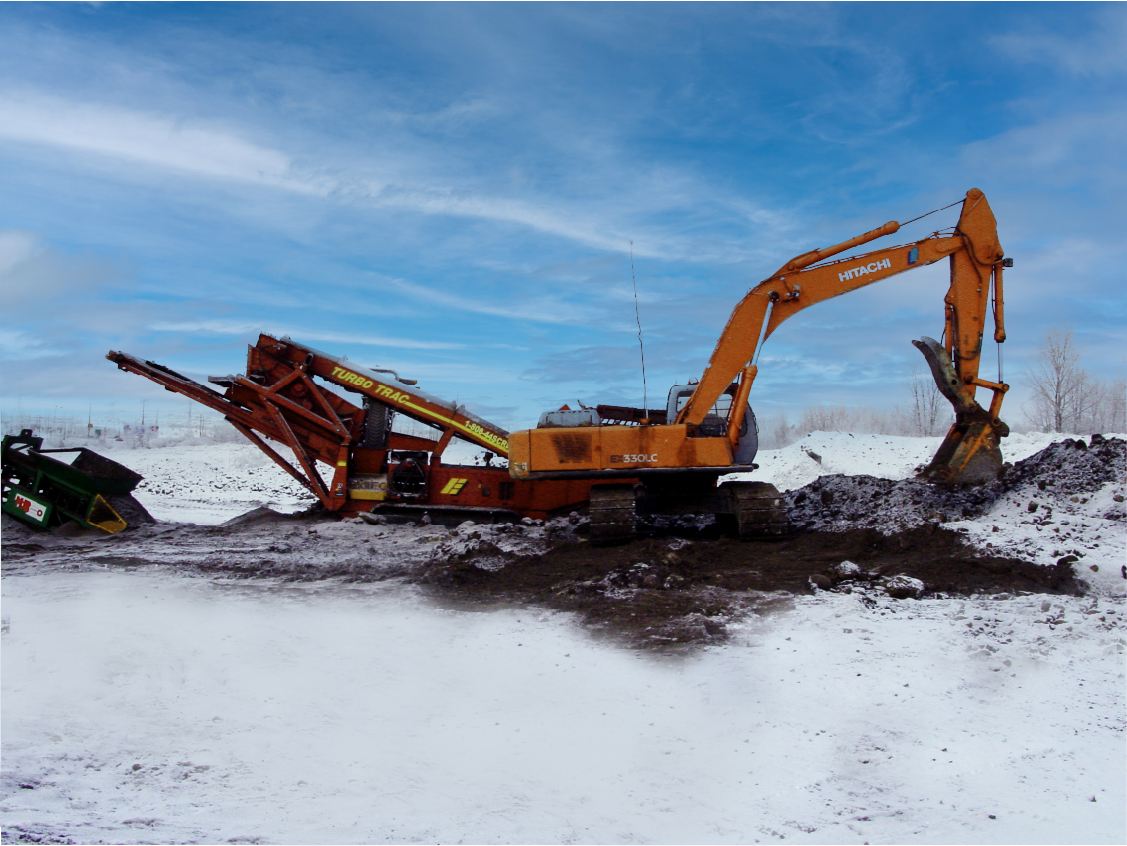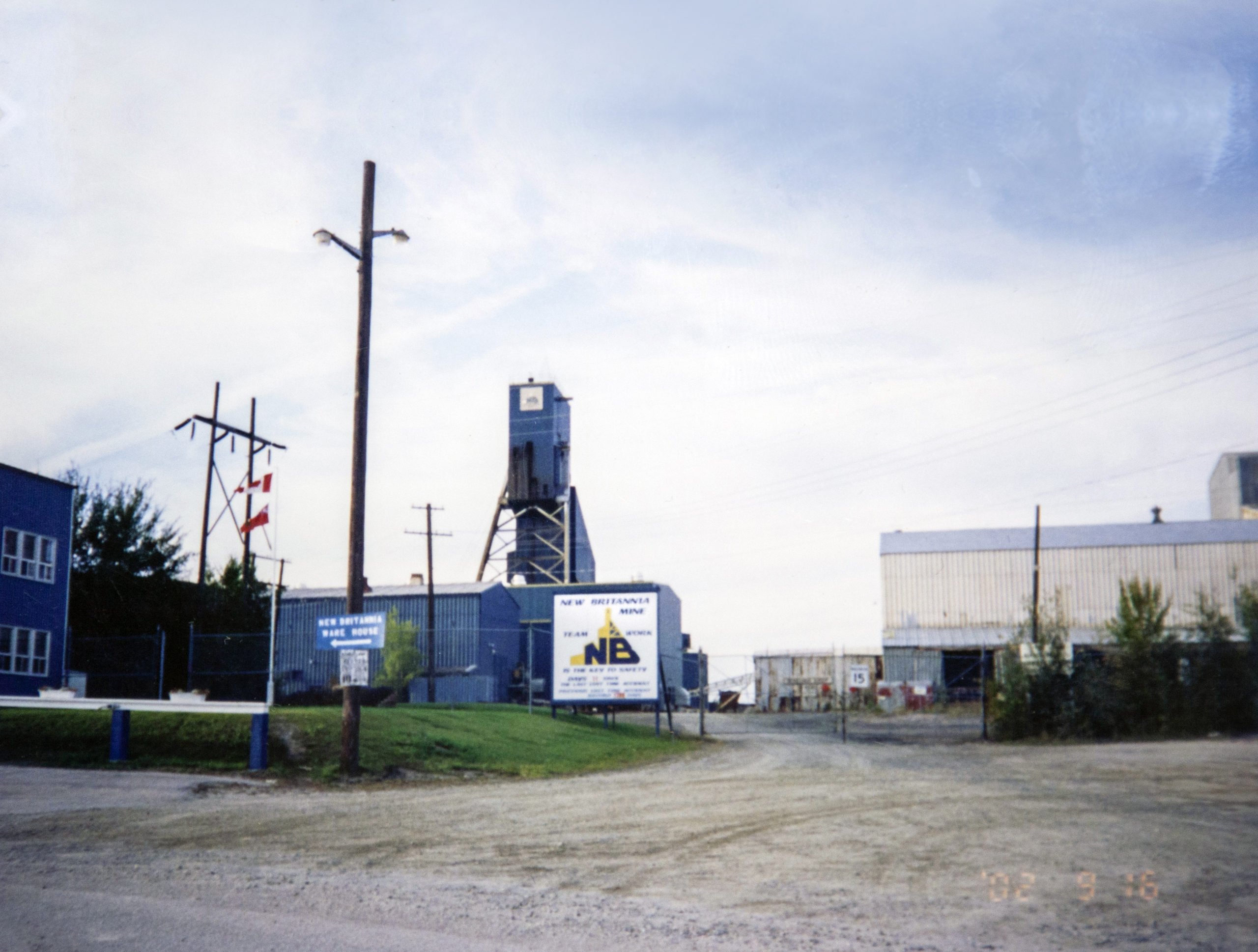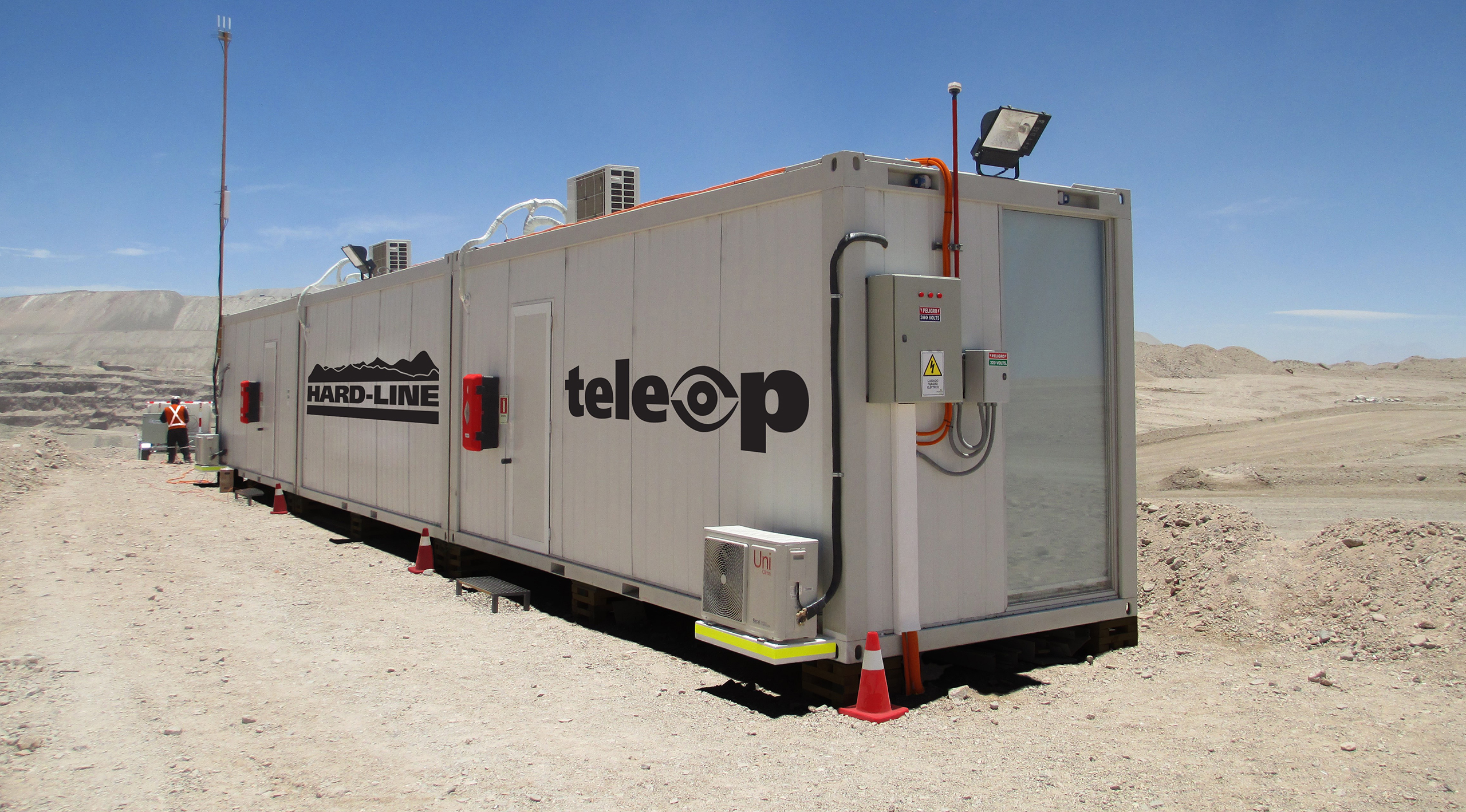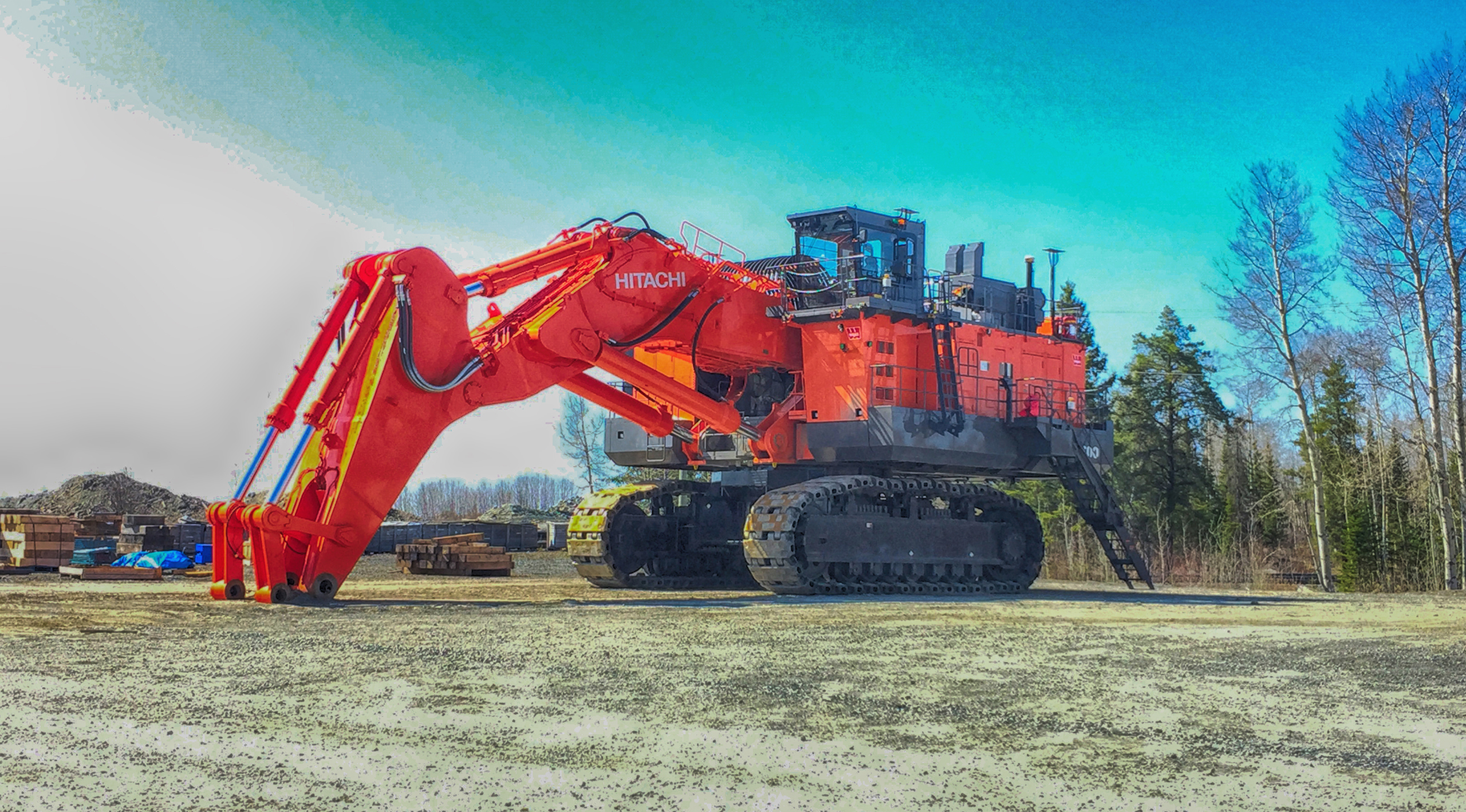ABSTRACT
A full-service demolition, environmental remediation, and construction contracting firm, specializing in all phases of hazardous waste management, site/plant cleanup and closure, and general engineering construction projects, implemented HARD-LINE’s Teleop Control Station and Radio Remote Control for a live ordnance remediation project and decommissioning of a military base in New Mexico. The environment of the site presented considerable risks that required a solution to safely execute the objectives of the project. As a result, the client successfully completed the job safely, by removing the operators from the hazardous work zone and increased the utilization of its assets.
INTRODUCTION
HARD-LINE’s Teleop Control Station (Teleop) and Radio Remote Control (RRC) technology allow operators to control machinery from a remote or distant location. HARD-LINE customizes its systems for any heavy industrial machines, so mixed fleets of various manufacturers are not a problem.
The client applied the use of a Teleop Control Station and RRC for use on a live ordnance remediation project and decommissioning of a military base. The work consisted of the removal of hazardous materials that presented high-risk scenarios, such as loss of life and damage to the company assets. The primary reason for using HARD-LINE’s technology was to ensure the safety of its workforce. The secondary reason was the fact HARD-LINE had experience in installing the technology in various machine types and brands over one system and network. The Teleop and RRC systems allowed the heavy equipment to be operated from a safe location while excavating the dangerous materials from the site, ensuring the safety of the workers.
APPLICATION
The client was contracted to screen an entire field for unexploded ordinances. The field had previously been a training facility for the military, where trainees would launch grenades and mortars into the field during practice. The area required remediation because of mandatory re-purposing of the land. The project involved a Kawasaki 95ZV loader and a Link-Belt 460LX Excavator to be fitted with HARD-LINE’s RRC and TeleOp technology. The initial installation took place in California and was later shipped to New Mexico for use on the military project. The project required the control of the machines from two separate locations. The installation of the network and system enabled the operator to teleoperate the excavator from a trailer, located 1 km away from the site.
The loader was equipped with the RRC system and was set up in a sea-can surrounded by thick concrete barriers. The barriers were necessary due to the enclosure being 50 meters in proximity of the working area. Wireless real-time video was displayed on-screen in the sea-can using HARD-LINE’s extended line of sight system.
This involved strategically placed cameras in the work zone to provide the operator visual coverage of the machine and the surrounding environment. As expected, these machines with the added technology, worked in unison for the entire project length. The remediation process required the teleoperated excavator to load the material into an armored truck.
The truck then dumped the material into a stockpile where the radio remote controlled loader scooped the content and put it through a grizzly. Loose material fell through onto a conveyor system where a magnet detected any metal objects and placed them into a specific containment location for testing. The remaining material then continued down the conveyor belt into a crusher leading onto a secondary conveyor that picked up any remaining smaller pieces of metal. A secondary crusher refined the material and placed it on top of a plastic sheet in a designated area to avoid contamination. The procedure was necessary to classify the material as “cleared” and was then environmentally suitable to backfill the excavated areas.
CONCLUSION
Several companies around the world have used HARD-LINE’s TeleOp and RRC systems, all projects have been successful.
HARD-LINE’s remote-control packages resolved the safety concerns surrounding the client’s remediation and decommissioning project. The systems took the operators from the machines and allowed them to work in a safe environment. HARD-LINE offers customized solutions to suit the needs of any customer in a diverse set of applications. Its solutions are universal in all regions across the globe and can be installed on any mobile machine, regardless of make, model or brands. So why not make HARD-LINE’s technology the solution to your next project. Manage all equipment in your fleet from a safe distance with HARD-LINE’s Radio Remote Control and TeleOp technology.
Figure 1. The Kawasaki 95ZV Loader is equipped with HARD-LINE’s RRC system, the operator is situated in a sea-can surrounded by thick concrete walls.
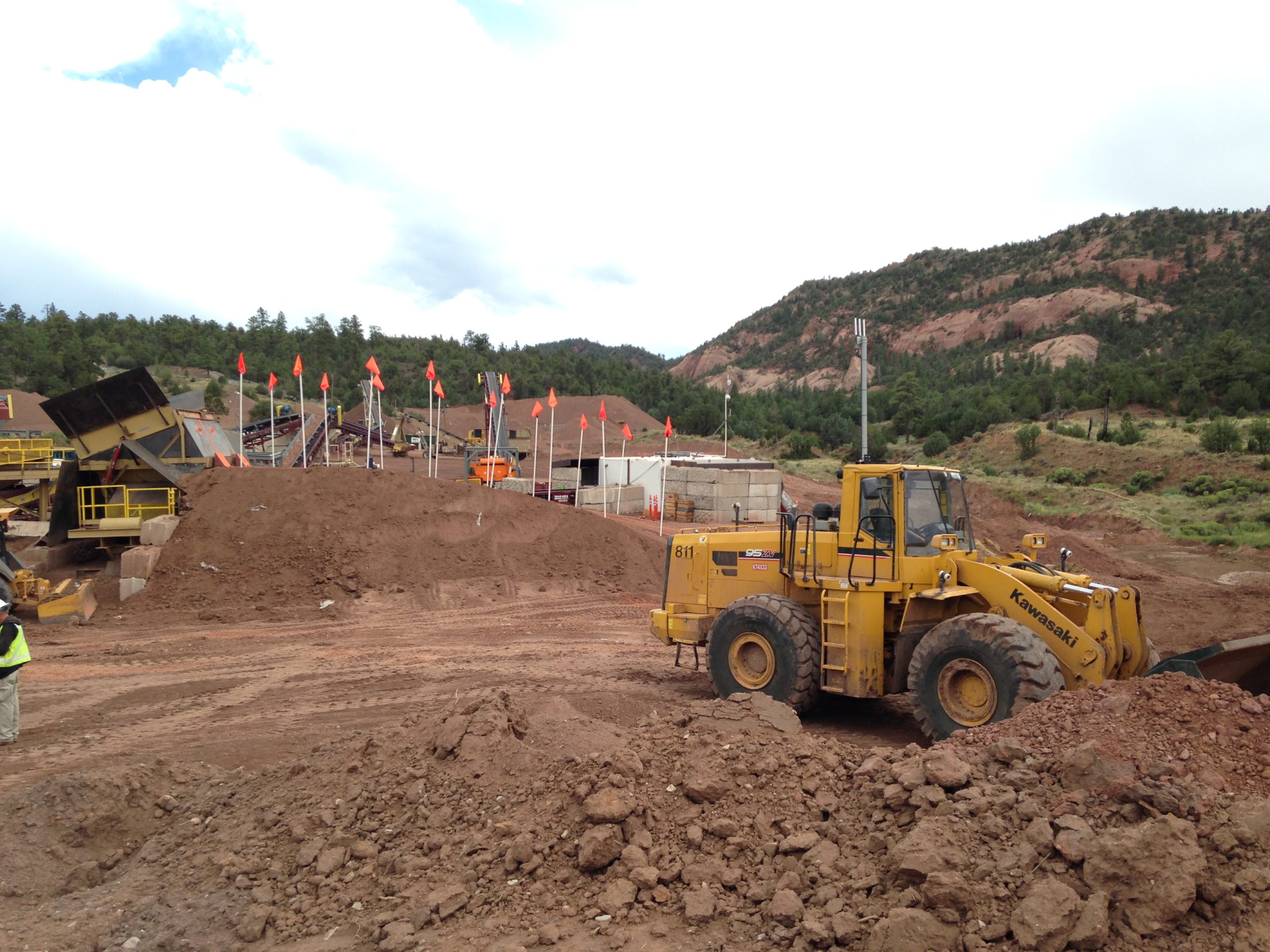
Figure 2. The TeleOp chair is situated 1km away in a control-station trailer and is connected to the Link Belt 460LX Excavator.
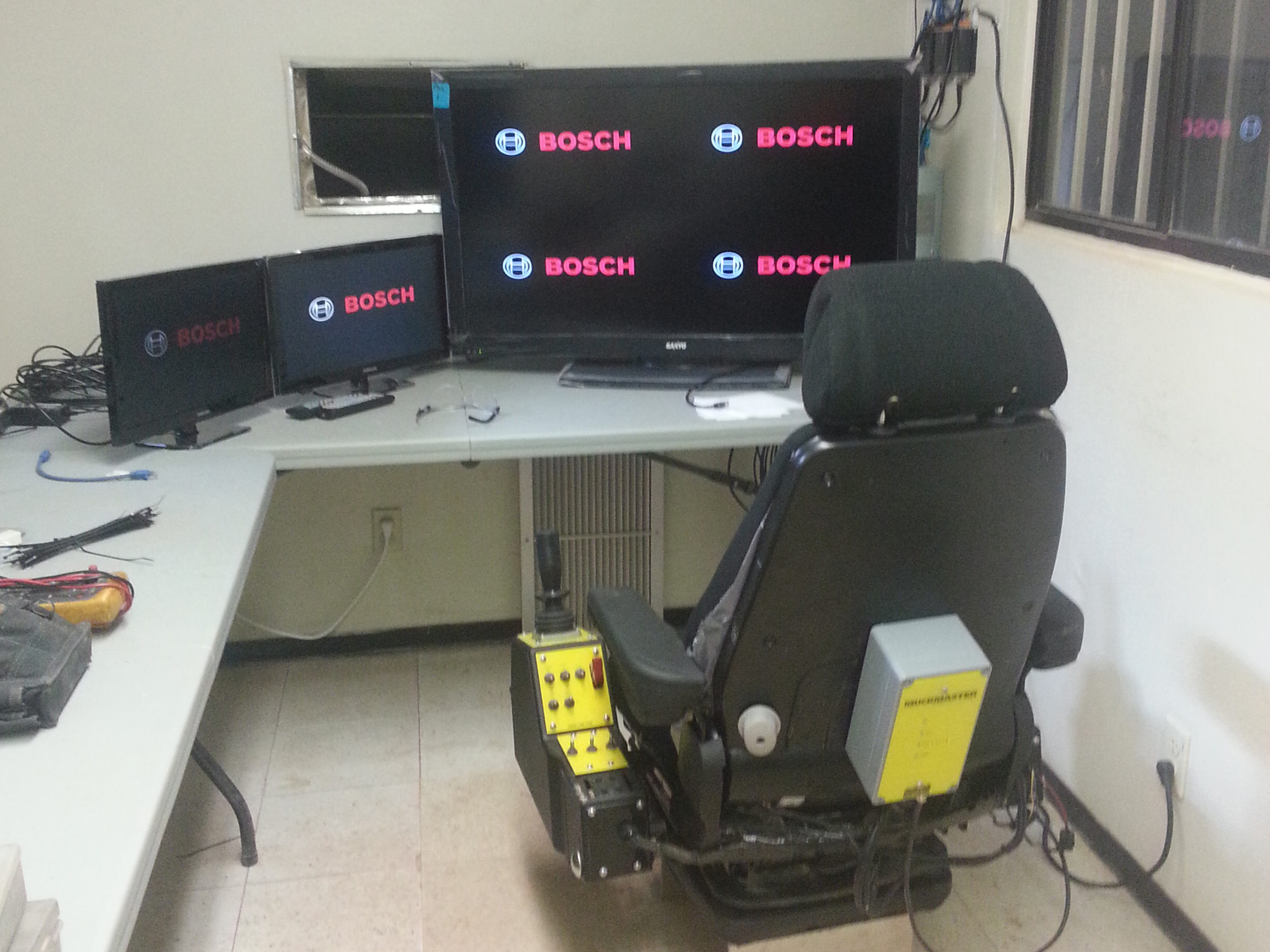
Figure 3. HARD-LINE’s extended line of sight system on a Kawasaki 95ZV loader.
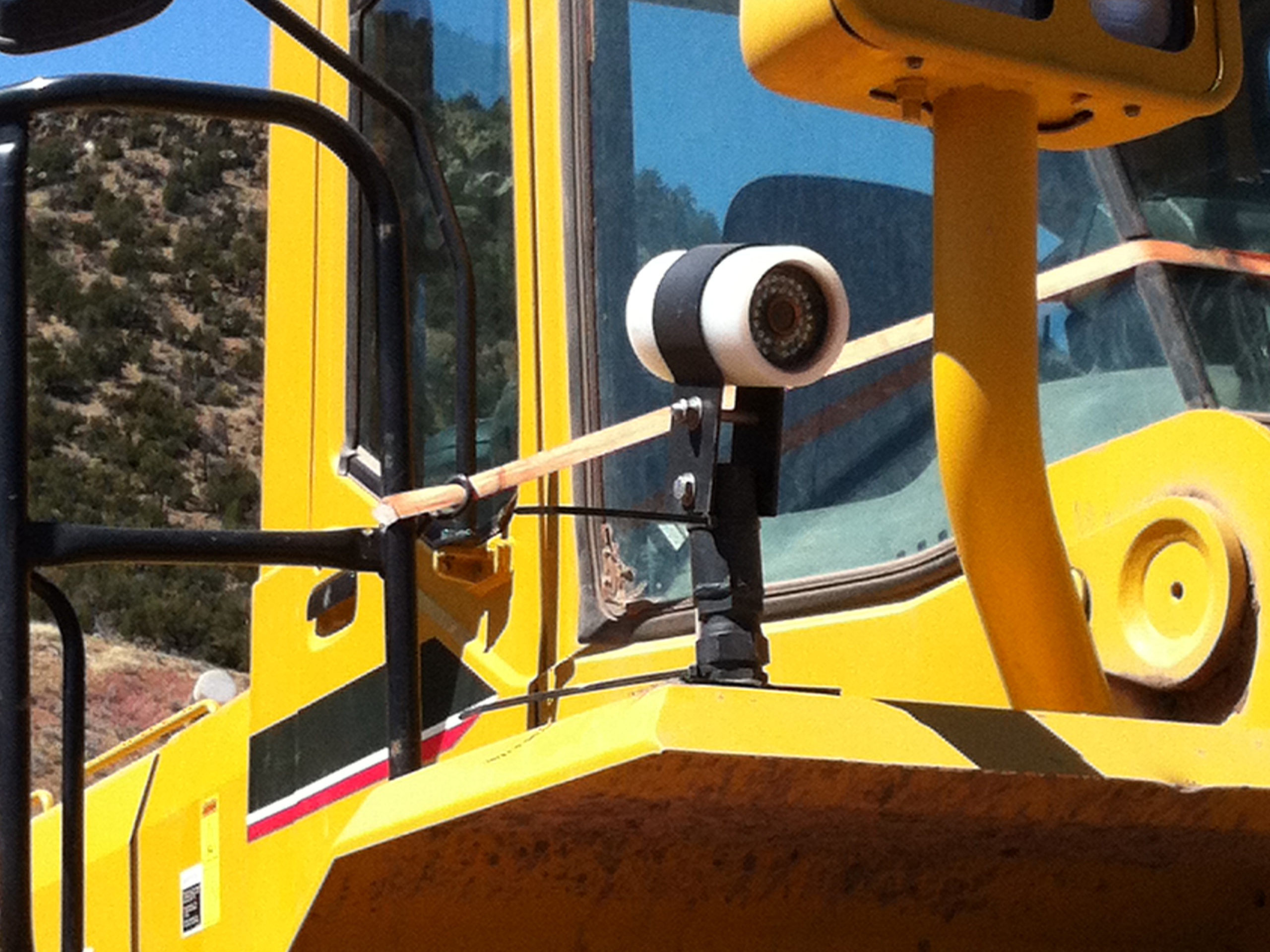
Figure 4. Wireless real-time video displayed on-screen in the sea-can 50 meters away.
